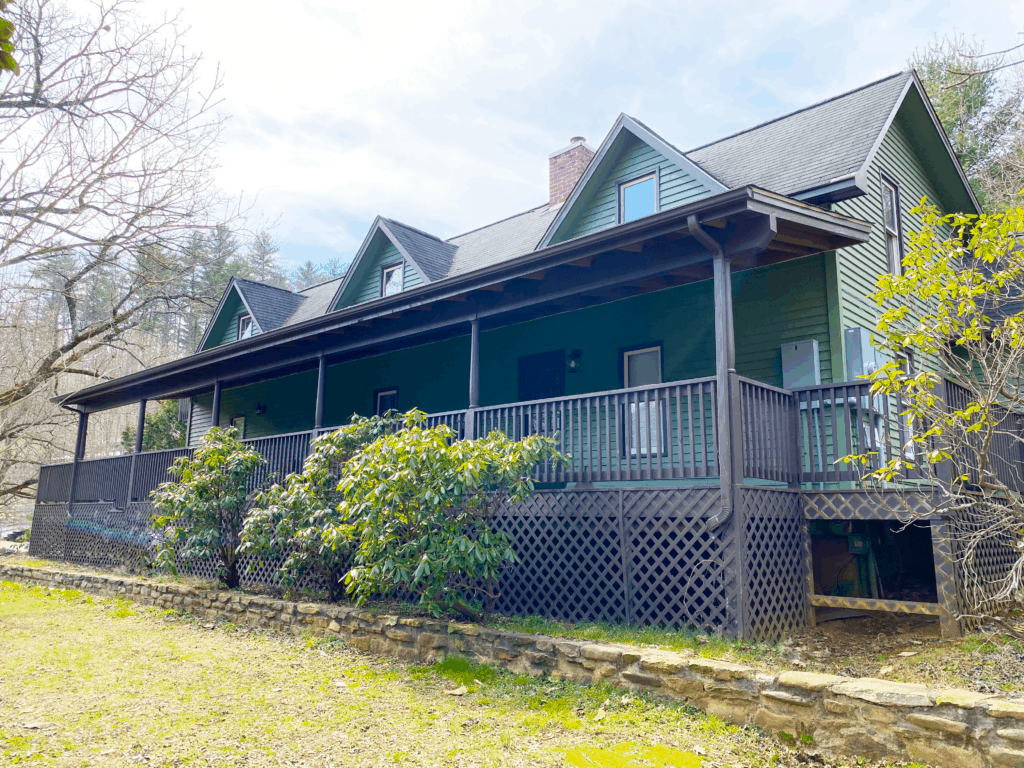
Sober living homes, sometimes called residential safe houses and sober living homes, are residential facilities that offer emotionally supportive, safe living housing and structured, supervised living situations for those leaving drug rehab programs. SLHs often serve as a transition between such rehabilitative programs and mainstream society. There are many benefits to having an SLH. Compared to facilities that are primarily for extended term stays, a residential safe house can provide a shorter stay and a more stable environment. While still offering individualized, one-on-one care and counseling, an SLH allows the person to leave with their loved ones feeling safe and secure in the knowledge that the staff will be immediately available to them if they have any problems.
An integral part of treatment in many rehab centers is group support and relapse prevention. However, what some may find comforting and necessary is being able to live in a safe environment on their own, away from others who may trigger feelings of relapse. Many people return to drug addiction in order to get away from the stressors of everyday life, but staying in an environment devoid of those triggers can cause people to crave the stimulants that initially helped them overcome their cravings. Placing someone in an SLH allows those people the ability to maintain their recovery while still keeping their social life and personal routines intact.
Sober Living Home provide an essential service for those returning to active drug use or early recovery. These homes provide housekeeping, laundry assistance, transportation services, and emergency help in situations where a person may slip into a state of emergency. Through SLHs, individuals are able to maintain their sense of detachment from others while maintaining their sense of freedom and self-reliance. The ability to function in a controlled environment frees up time for so much more.
Inpatient treatment centers boast many of the same benefits as sober living houses. Doctors, therapists, and mental health professionals provide all the amenities of home, including 24 hour supervision. However, those seeking care at an inpatient facility will not be sharing beds with those still in recovery, and staff members are very familiar with one another. Once inside, patients can be given the support they need to maintain their recovery.
Sober living homes may offer all of the above mentioned services in addition to medical aid for mild to moderate withdrawal symptoms. However, the goal of the addict’s recovery is achieved at a higher level than with outpatient services, and they are able to maintain their sobriety much longer due to the support they receive from the team in their SLH. In fact, most addicts start outpatient programs only after they have been detoxified and are living at a level of serious dependency. Therefore, many of these facilities offer aftercare services to their residents, ranging from group therapy to individual counseling. These groups provide support for both the addict and their friends or families, ensuring that they maintain a sober lifestyle for years to come.
The addict is examined thoroughly before entering the Sober Living program, to ensure that their needs are met. This includes medical, psychiatric, and spiritual support to allow them to turn their lives around and become sober and successful. Turning your life around and becoming free of alcohol or drugs must begin with a detoxification process, and entering a sober housing will allow you to begin this process, beginning today.